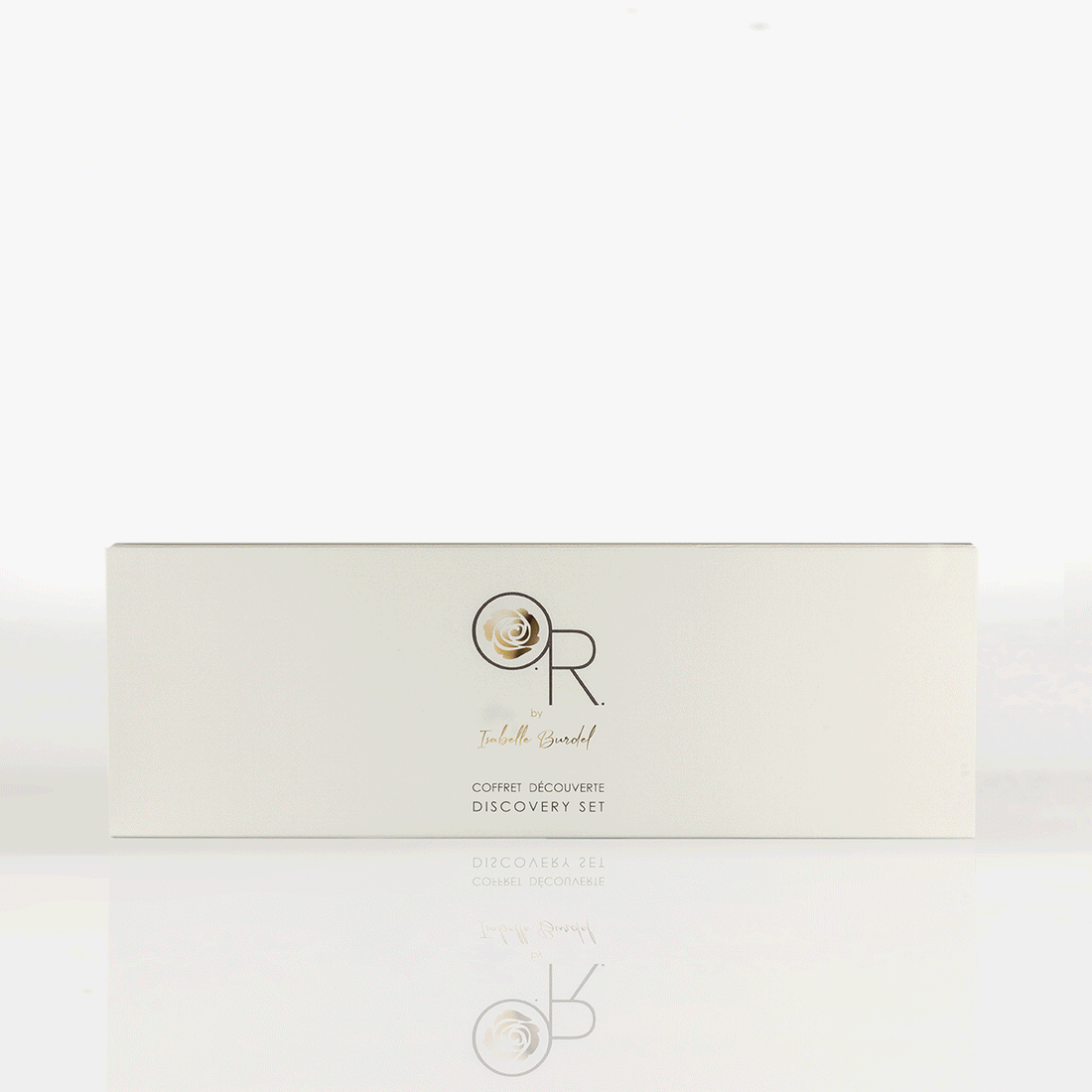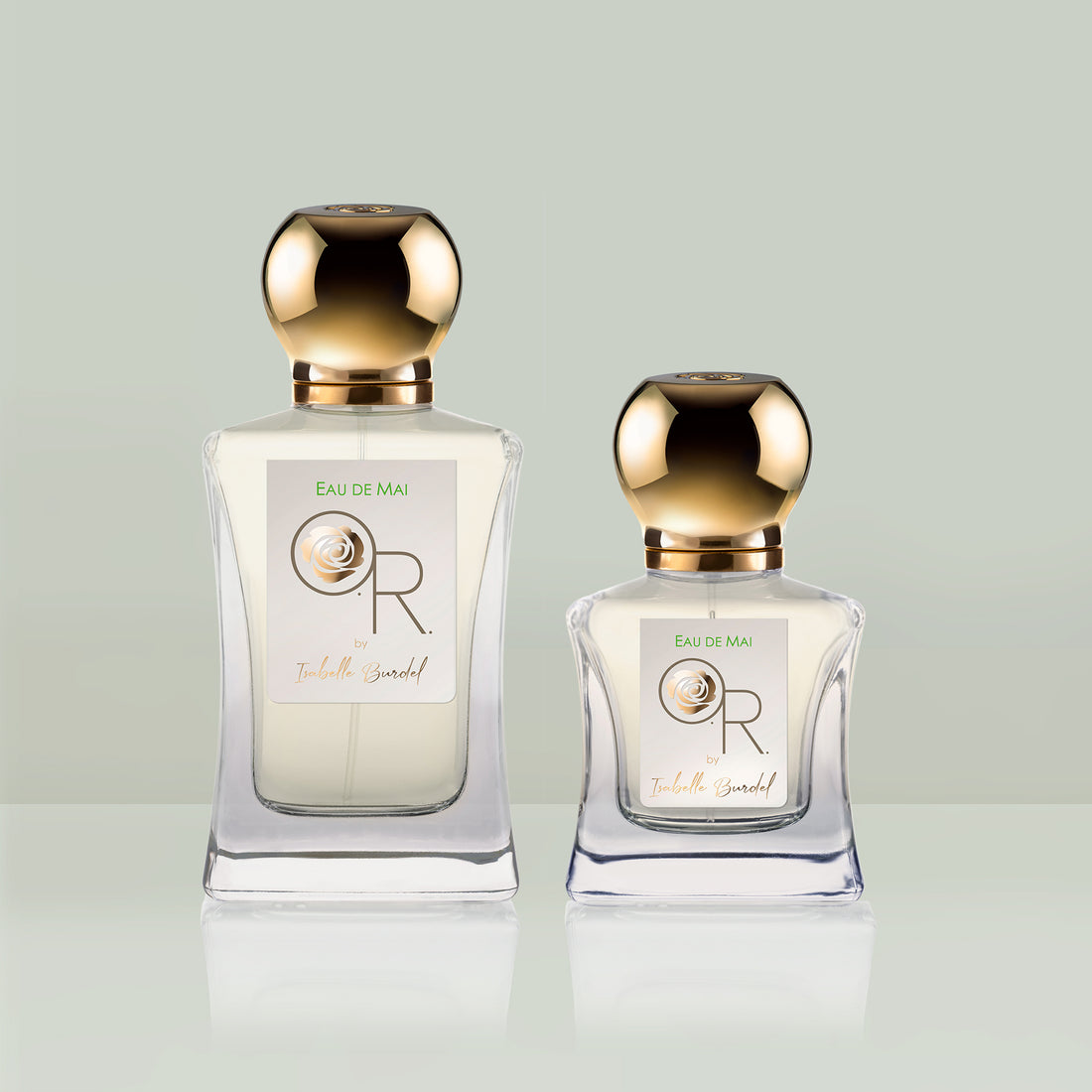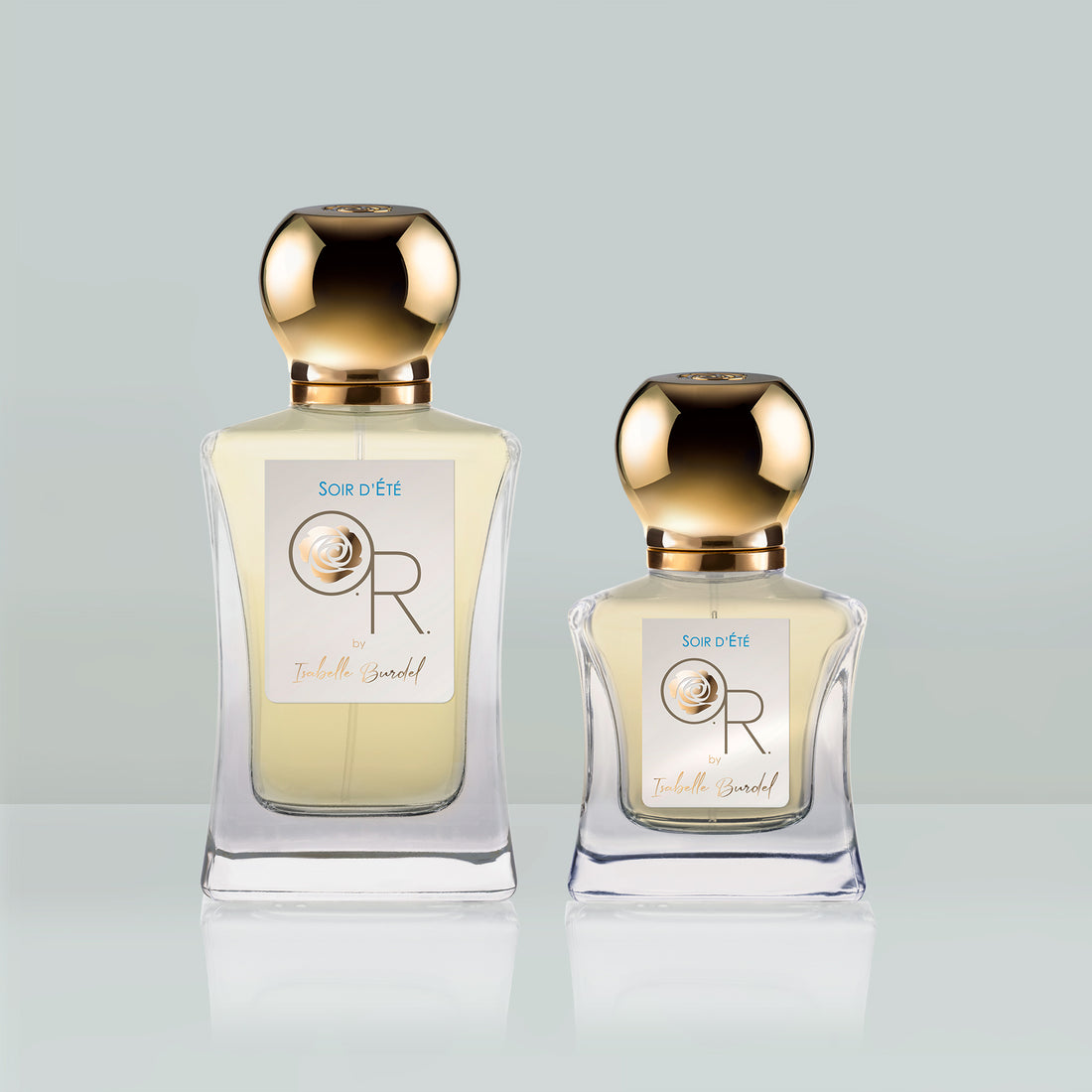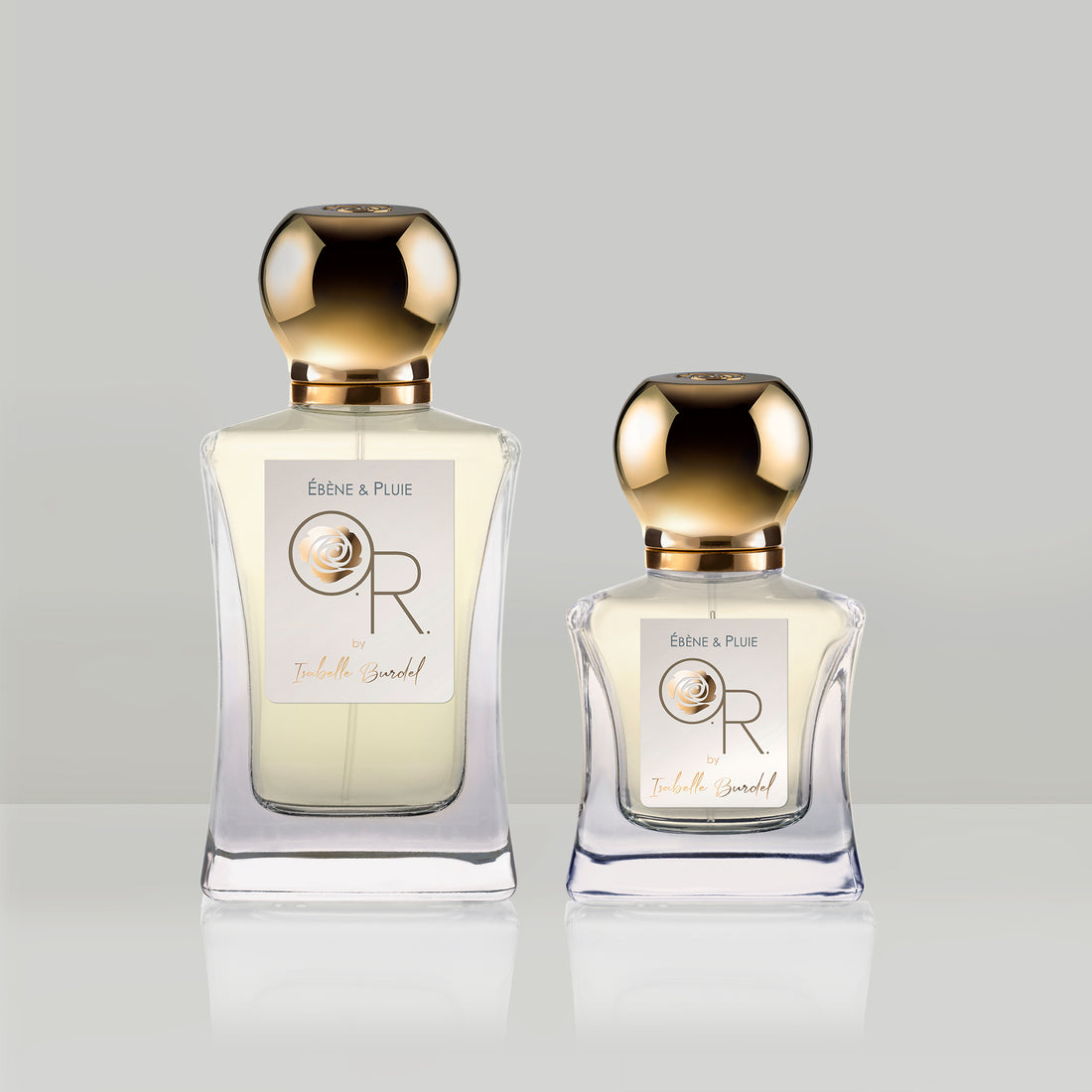Renowned for its fragrance, jasmine is a small, star-shaped white flower. Despite its delicate appearance, the fragility of its petals contrasts with its opulent scent, which becomes more potent at nightfall. In perfumery, jasmine belongs to the floral family and is among the white flowers, along with orange blossom, tuberose, and ylang-ylang. Alongside the rose, it is one of the most iconic flowers in the world of perfumery.
Jasmine, a perfume steeped in history
The origins of jasmine vary according to sources (Himalayan hills, Persia, etc.), but it was used by the Egyptians in the early 1st millennium BCE to perfume bathwater and statues of the gods. At the same time, this small white flower was appreciated in China for perfuming black tea, a specialty reserved for emperors.
In India, jasmine appeared in the Vedic era, but its cultivation thrived in the city of Madurai starting from the 5th century BCE. Its sensual fragrance led to its association with Kâma, the Hindu equivalent of Cupid.
At the beginning of the Christian era, jasmine was favored by Chinese nobility during the Tang Dynasty. In the East, it became an essential plant in incense and attar formulations. During this time, in the first millennium, it was called "Yasameen," derived from the Persian language, meaning fragrance or perfume. Thus, jasmine got its current name, "yasmine," from the Persian language.
In Europe, jasmine was cultivated in Andalusia from the 12th century onwards, but it truly entered Western culture in the 16th century. It has been associated with Grasse since the 17th century when Master Perfumers and Glove-makers used it to scent leather gloves.
The olfactory richness of jasmine has made it an essential flower in perfumery ever since. While there are about 200 botanical species of this plant, perfumers use only two varieties: jasmine Grandiflorum and jasmine Sambac.
The perfume of jasmine Grandiflorum
Jasmine Grandiflorum originates from northern India but was introduced to the Mediterranean by the Moors in the 16th century. It is characterized by its five long petals.
Like the rose, this variety has made the fields of Grasse famous. However, although the region produced 1800 tons of jasmine until the 1950s, this flourishing activity declined with the emergence of synthetic molecules and more affordable imported ingredients. Buyers sometimes even went so far as to "cut" natural materials to save costs.
In difficulty, many farmers gradually abandoned their lands. Real estate gradually invaded Grasse, to the detriment of cultivable fields, with the remaining ones reserved for “Chanel's N°5” extract.
This variety of jasmine is now widely cultivated in Egypt, India, or Morocco. Whereas the fragrance of Grasse's jasmine Grandiflorum is slightly greener and more animalic, that of Egypt is deeper, sensual, sunny, and fruity. This variety is richer in "indole," a synthetic molecule naturally found in jasmine, whose animalic scent adds carnal nuances to the floral and slightly fruity jasmine tones. Jasmine Grandiflorum blooms from June to November and is harvested twice, in September and November.
The perfume of jasmine Sambac
Jasmine Sambac comes from eastern India and the southern Himalayas but is also cultivated in China. It is a dense, evergreen shrub, pruned to about 30 cm each year.
The term "Sambac" is believed to have come from the Sanskrit "campaka," meaning "intoxicating fragrance." Originally, Jasmine Sambac was intended to scent tea, but it was also used to decorate chariots during religious festivals. It blooms in May and June, during which approximately 30,000 tons of jasmine are harvested in Tamil Nadu.
The perfume of jasmine Sambac differs from that of Grandiflorum with its greener and more honeyed notes, closer to orange blossom, although it also has indole nuances.
Jasmine perfume and extraction technique
In the past, it was customary to extract the scent of jasmine through "enfleurage," a technique that involved placing flowers on a greasy substance. However, this method is no longer used today because it is expensive and also requires the use of animal fats.
Some composition houses have recently been working to modernize enfleurage using vegetable waxes, but this remains very rare.
Today, jasmine is primarily processed through volatile solvent extraction. While hexane was used for a long time, CO2 supercritical extraction is now often preferred due to its ecological advantages. This technique involves "washing" the petals in a solvent that is heated and then evaporated to obtain a fragrant and waxy paste. This is then washed again in a hydroalcoholic solution and filtered to preserve the fragrant components soluble in alcohol and obtain the precious jasmine absolute. Unlike rose or orange blossom, jasmine is too fragile to withstand distillation, so there is no jasmine essential oil.
Jasmine perfume, rich in nuances
Jasmine has a highly faceted fragrance due to its complex molecular structure. Among its main organic constituents are benzyl acetate, giving it a fruity note with a hint of banana, benzyl salicylate with sunny effects, cis-3 hexenol with green tones, and paracresol, which adds an animalic and herbaceous odor.
One of jasmine's main molecules is indole, an animalic, carnal note. On its own, its odor can be unsettling, with a naphthalene-like aspect. However, it adds depth and sensuality to fragrances. This molecule, naturally produced by our bacterial flora, is a derivative of tryptophan, the amino acid precursor of serotonin, the molecule of happiness. This partly explains the enchanting charm of jasmine.
Hedione is another important molecule responsible for jasmine's airy freshness. It was patented in 1962 by Firmenich and identified by Dr. Edouard Demole. Today, it is widely used in perfumery because it gives fragrances a beautiful airy volume. Its name comes from Greek and means "pleasure." Recent studies have shown that hedione activates a specific area in the female hypothalamus associated with pleasure.
These molecules explain the richness of jasmine's perfume, which can be green, fruity, floral, sunny, and animalic, all at once. Perfumers love to work with jasmine due to its wide palette of nuances, allowing them to create delicate, fresh, sunny, sensual, or intoxicating scents.
Among the jasmine perfumes that best showcase the flower are Chanel's “N°5” (1921), where it combines with rose in a powdery embrace, and “Joy” by Jean Patou (1930). In 1962, perfumer Edmond Roudnitska used the freshness of hedione for the first time in perfumery in Dior's “Eau Sauvage” (1966). Jasmine becomes sunny in L'Artisan Parfumeur's “La Chasse aux Papillons” (1999), intoxicating in Serge Lutens' “A la Nuit” (2000), and marries amber and woody notes in Thierry Mugler's “Alien” (2005).
Jasmine perfumes at Olfactory Revelation
With 35 years of experience and independence for nearly two decades, Isabelle Burdel creates bespoke perfumes for a diverse clientele seeking an exclusive olfactory signature. She translates her clients' emotions into scents to reveal their personalities. She now unveils her expertise within her brand, Olfactory Revelation.
Among her collection of nine fragrances, jasmine reveals its freshness in “Eau de Mai”. A bucolic composition where this white flower combines with grapefruit, enhanced with pink berries and a freshly cut grass note. It becomes suave and radiant in “Tubéreuse Solaire”, an enchanting bouquet of white flowers, where it expresses its sensual fullness on a base of vanilla and sandalwood.
If jasmine perfumes intrigue you and you dream of learning more, do not hesitate to order Olfactory Revelation's discovery set! The perfect opportunity to try their sunny and intoxicating tones on your skin.






